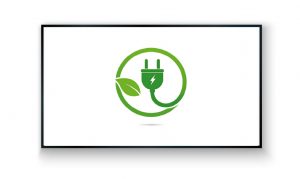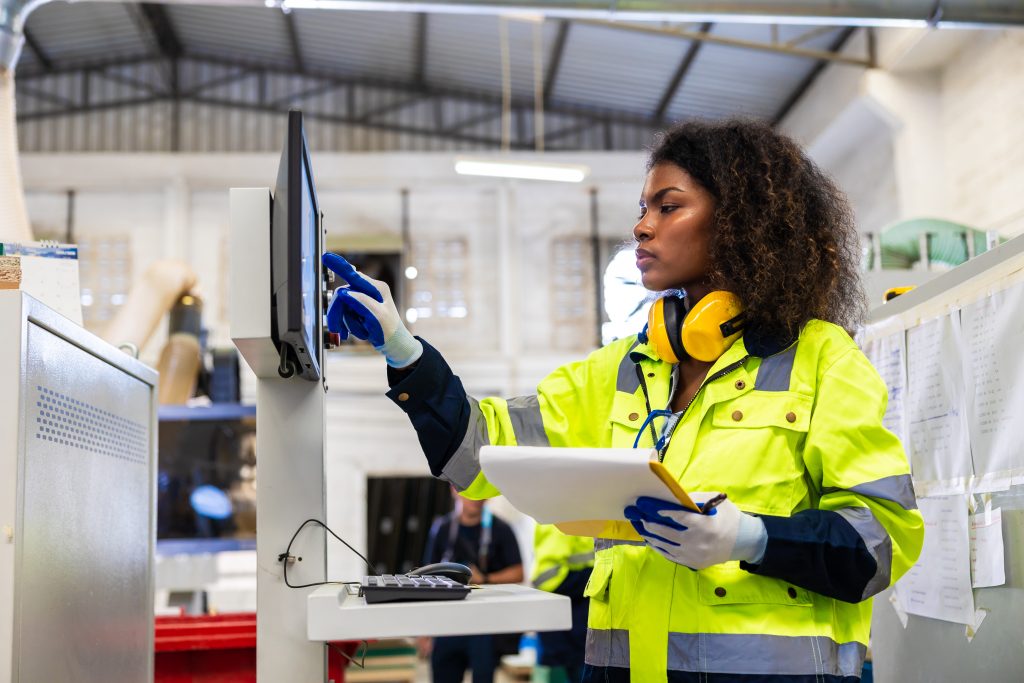As previously mentioned, it also contributes to the optical performance of displays, even in industrial environments. Optical clarity, anti-glare properties and resistance to environmental factors are all-important in maintaining function, effective visibility legibility and, therefore, accurate data interpretation.
When we select coverglass for a customer’s project, we are meticulously in scoping for their precise operational and environmental needs. And there are several types for us to choose from:
Soda-Lime Glass
Composed primarily of silica, sodium oxide, and calcium oxide, this is one of the most commonly used types of glass for coverglass production and is popular for its affordability and ease of manufacturability. While not as scratch resistant as some other glasses, it still provides adequate protection and maintains excellent optical transparency.
Soda-lime glass strikes a balance between durability and cost-effectiveness, making it a staple in consumer electronics such as smartphones and tablets.
Aluminosilicate Glass:
Alkali-aluminosilicate glass provides exceptional durability and scratch resistance but has a different chemical composition to soda-lime glass. It undergoes an ion-exchange process, which gives it a higher surface compression and enhances its resistance to scratches and impacts. It’s usually found in high-end smartphones, laptops, and tablets, where the demand for superior protection aligns with the desire for optimal display quality. We will often select it for mobile industrial applications which are used frequently, as aluminosilicate glass has exceptional durability and can offer superior scratch resistance and impact protection.
Sapphire Glass:
This glass takes durability to the next level. It is composed of crystalline aluminum oxide and is remarkably tough and scratch resistance, even surpassing Gorilla Glass. This makes it highly desirable for applications where ultimate protection is paramount. Sapphire glass is often found in luxury watches, camera lenses, and premium smartphones, where its incredible resilience caters to consumers who value both aesthetics and durability. However, in the industrial space, sapphire glass is seldom used.
Coverglass innovation is ongoing and we, of course, stay on top of the latest advances in all aspects of display technology. Glass is the unsung hero that requires both knowledge and understanding so we can make informed choices on behalf of our customers, bringing clarity, resilience, and functionality products to important industrial applications.



